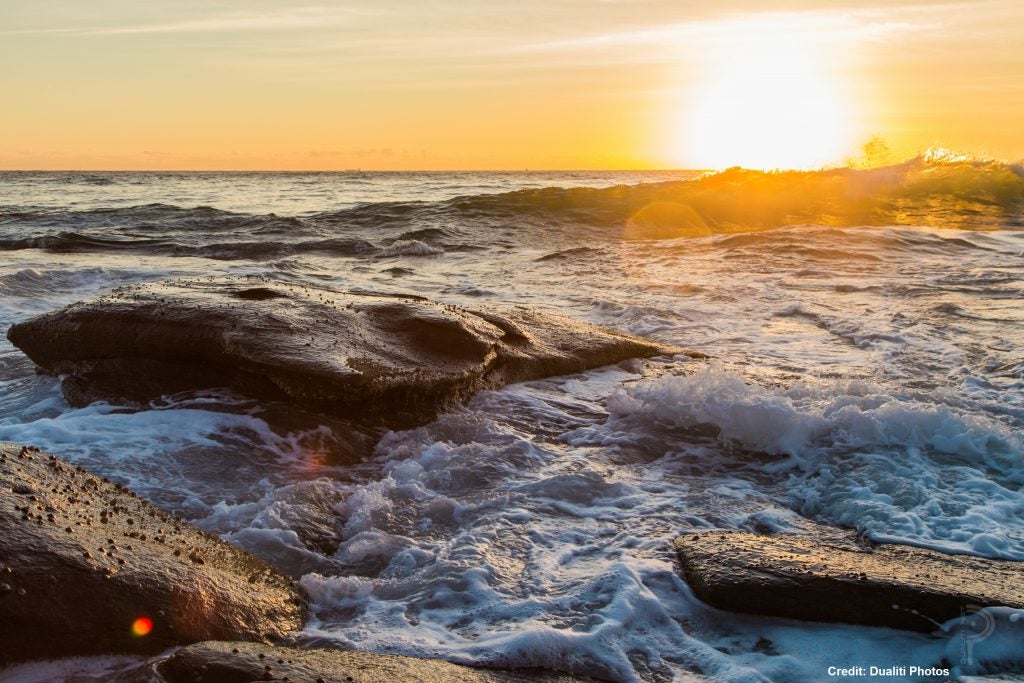Today, we’re introducing readers to the concept of climate resilience in marine fisheries through a new, three-part video series called “Fishing for Resilience.” As Environmental Defense Fund’s Senior Director for Resilient Fisheries, I played a central role in the creation of this short series — even “starring” in the videos as narrator.
Producing and narrating these videos was a bit of a personal journey for me, and not just because I had to listen to my own voice. It’s because I tried to bring this concept home, and found myself asking what climate change means to friends and family that ply the seas, what it means for my community, and what it means for the wildlife and ecosystems that I hold dear. That got me right into thinking about how to help the people, wildlife and broader ocean ecosystems that I care about in practical ways.










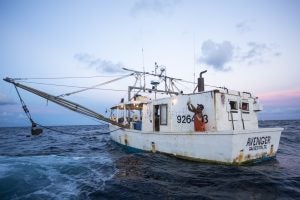
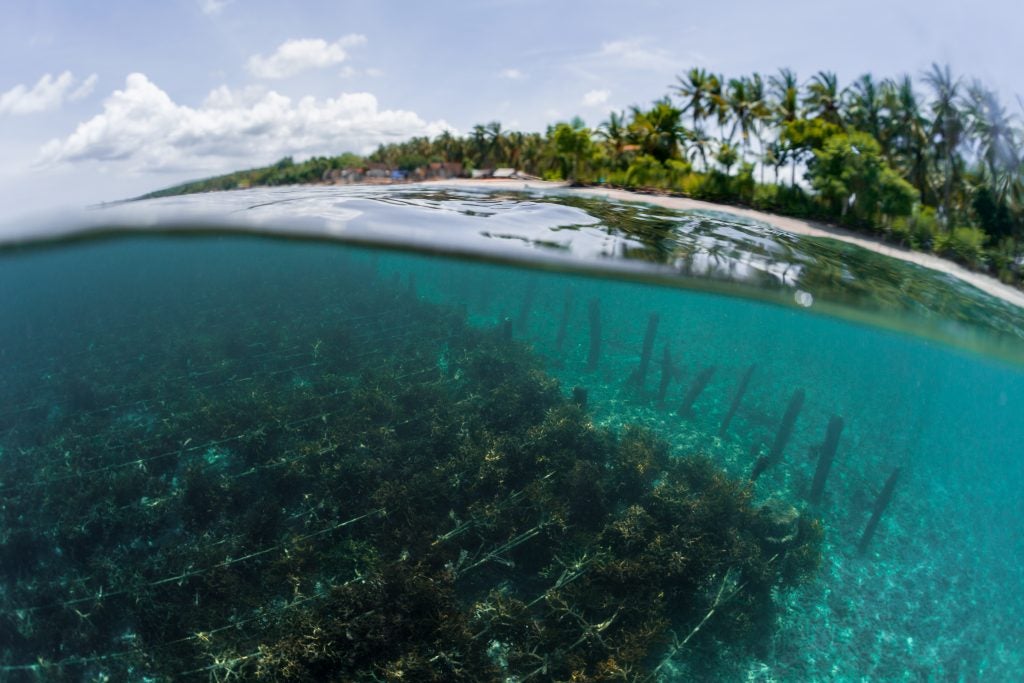
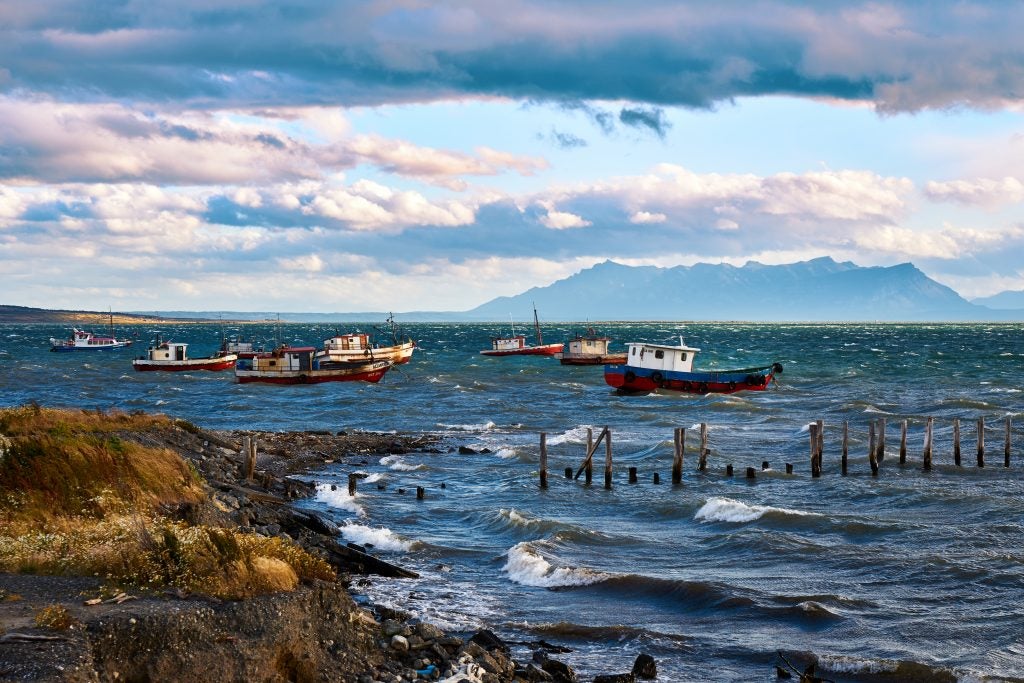
 By
By 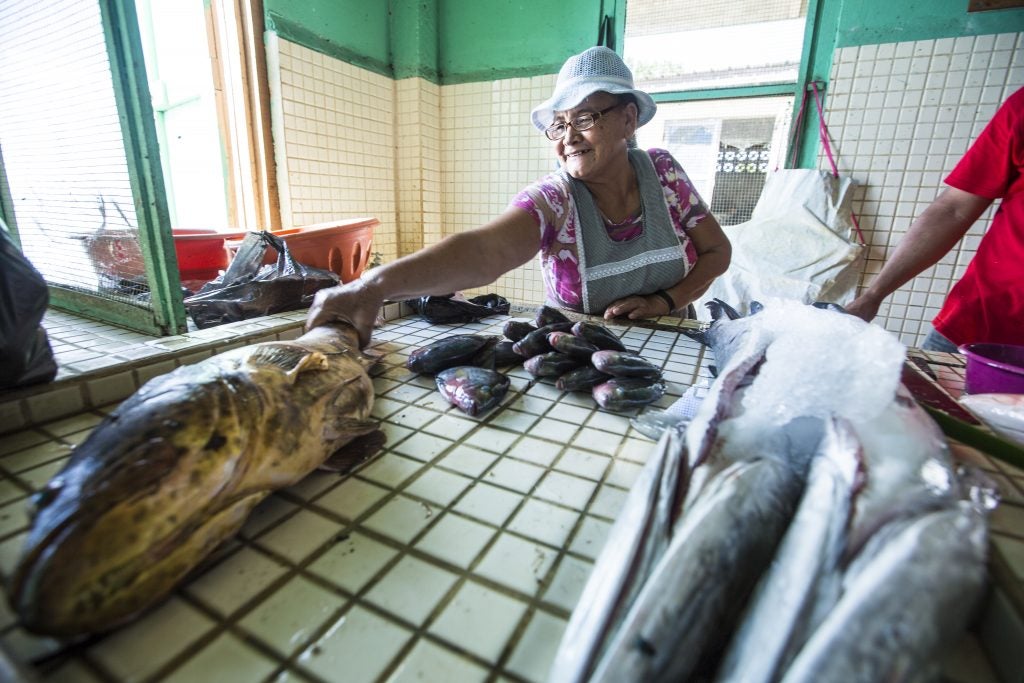 In many fisheries, many species are caught at the same time. These are called multispecies fisheries, and the fact that they catch many species together, with the same gears, means that the different species are caught at the same rate. The trouble is, some species are productive enough to withstand high catches while others are not. So as a result, the low-productivity species get fished out, reducing overall yield, markets for diverse species and economic and ecological resilience — resulting in serial depletion. While many single-species fisheries are becoming more sustainable thanks to science-based management strategies, multispecies fisheries often face greater sustainability challenges, and these challenges will grow in the face of climate change.
In many fisheries, many species are caught at the same time. These are called multispecies fisheries, and the fact that they catch many species together, with the same gears, means that the different species are caught at the same rate. The trouble is, some species are productive enough to withstand high catches while others are not. So as a result, the low-productivity species get fished out, reducing overall yield, markets for diverse species and economic and ecological resilience — resulting in serial depletion. While many single-species fisheries are becoming more sustainable thanks to science-based management strategies, multispecies fisheries often face greater sustainability challenges, and these challenges will grow in the face of climate change. 